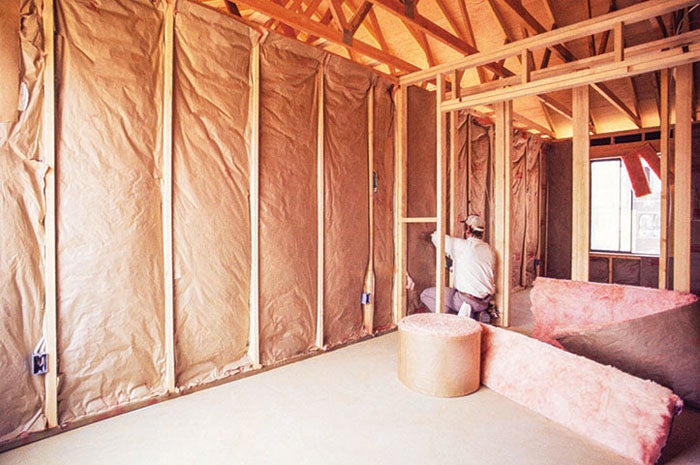Home Improvement: Types of home insulation and where to install them
Published 12:00 am Tuesday, September 29, 2020
Metro Creative
When thinking about renovating their homes, homeowners may imagine changing wall colors, expanding room sizes or upgrading appliances and fixtures. However, unless people take inventory of the less glamorous components of the home, such as structure, plumbing, heating and cooling, and insulation, other improvements may be for naught.
A home insulation project certainly doesn’t offer the wow factor of a kitchen remodel, but insulation serves a vital function in the house that helps keep people comfortable and reduces energy consumption. Insulation is typically placed in areas where air escapes, such as between the stud cavities inside the walls and in the attic, and serves to slow and reduce heat transfer. The U.S. Department of Energy says between 50% and 70% of the energy used in homes is for heating and cooling. By improving home insulation, homeowners can make their homes more comfortable, consistent and efficient. In fact, the ENERGY STAR program overseen by the U.S. Environmental Protection Agency says homeowners stand to save an average of 15% on heating and cooling costs by adding proper insulation.
To do so, homeowners can take a crash course in home insulation and find the products that fit their needs. Blanket batts and rolls typically are constructed with fiberglass, so proper safety gear, such as a mask and gloves, is needed when handling them. Installing this type of insulation is relatively easy since the materials are designed to fit the standard width between studs, rafters and floor joists.
Loose fill is usually made of fiberglass or cellulose (recycled paper fiber). It is blown or sprayed into place with pneumatic equipment, according to The Home Depot. Loose fill can be ideal for hard-to-reach areas in attics or inside wall cavities. It’s good for adding insulation to irregularly shaped areas. Since it requires special equipment, this is a job best left to professionals.
Sprayed foam is just as the name implies, a foam made from polyurethane, polyisocyanurate, cementitious, or other materials that are applied by a spray container. DIYers who need only small applications can use canned products. Large quantities are pressure-sprayed by professionals. Foam board/rigid foam panels Ideal for unfinished walls, such as basement or foundation walls, floors and ceilings, these are boards of polyurethane or polystyrene. Foam boards tend to reduce energy consumption more effectively than other types of insulation. Homeowners considering upgrading their insulation or amending existing insulation should do their homework on the type of insulation that will be most effective for their homes.




